Wang Lei from Westlake University: One-Step Complete Depolymerization of C-Lignin and G/S-Type Lignin in the Seed Shells of Euphorbiaceae
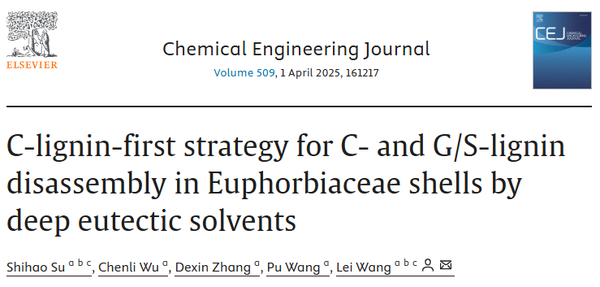
Given climate change and the depletion of oil resources, researchers urgently need to explore sustainable alternatives to replace non-renewable fossil refining products. For this purpose, inedible plant biomass and other green carbon resources are considered the most promising and abundant renewable resources, which are expected to support economically viable biorefinery processes without having a negative impact on the environment. Lignin, as the main component of lignocellulosic biomass, is the most abundant renewable aromatic biopolymer on Earth. During the depolymerization of lignin, ether bonds such as β-O-4, α-O-4, 4-O-5 are broken, producing lignin-derived monomers that can serve as precursors for direct substitute fuels and high-quality phenolic chemicals. However, the structure of conventional lignin (typically composed of G/S/H-type lignin) is complex and diverse, often intertwined, leading to multiple product streams after depolymerization.
Methoxyl-free catechol-type lignin (C-lignin) is a linear aromatic macromolecule composed solely of catechol alcohol units. Some researchers have pointed out that C-lignin is an acid-resistant and structurally uniform polymer, formed through the oxidative radical polymerization of catechol alcohols in the fruit shells of vanilla, some cactus species, and Euphorbiaceae plants. Therefore, it is considered an ideal prototype for the value-added utilization of lignin. Due to its unique characteristics, C-lignin is regarded as a preferred raw material for producing high-quality catechol or manufacturing advanced materials. For example, some researchers have indicated that by using metal catalysts such as Ru/C, Pd/C, Pt/C, Cu-PMO, Ni/C, and Ru/ZnO/C, the depolymerization of C-lignin isolated from vanilla and Euphorbiaceae fruit shells can be catalyzed to produce catechol derivatives with terminal structures; there are also studies that use extracted C-lignin to prepare carbon fibers through electrospinning technology.
Recently, the characteristic that lignin in vanilla seeds is entirely composed of catechol alcohols has attracted widespread attention and been extensively studied for the value-added utilization of C-lignin. Although vanilla has the potential as a raw material for C-lignin, its low annual production (about 8,000 tons) and high cost (350-500 USD per kilogram) limit its wide application on an industrial scale. Some researchers have pointed out that C-lignin also exists in the fruit shells of Euphorbiaceae materials (such as Chinese tallow tree, castor, Java creeper, wax gourd, and tung oil tree). These Euphorbiaceae fruit shells, as abundant by-products in biodiesel waste, are inexpensive and show great potential for producing catechol chemicals. However, in these seed shells, G/S-type lignin coexists with C-lignin and is produced through independent biosynthetic pathways, which means that multiple product streams will be generated during the catalytic conversion process. Therefore, how to effectively separate the coexisting C-lignin from G/S-type lignin in Euphorbiaceae fruit shells becomes a key step in achieving high yield and high selectivity in the production of catechol.
Currently, several "C-lignin first" strategies have been developed, including the use of organic solvents and choline chloride-based deep eutectic solvents, to depolymerize C-lignin before extracting G/S-type lignin. However, researchers have pointed out that these technologies have not yet fully overcome the aforementioned issues. For example, some researchers used a dilute acid/organic solvent approach to depolymerize coexisting C-lignin and G/S-type lignin in Euphorbiaceae fruit shells, and although the yield of C units could reach about 50 wt%, the use of carcinogenic 1,4-dioxane solvent became a major drawback. To replace this toxic solvent, other scholars have explored choline chloride-based deep eutectic solvent extraction methods, such as using a choline chloride/lactic acid deep eutectic solvent for extraction from castor fruit shells, where the C-lignin yield was only about 31 wt%. However, these depolymerization methods usually require complex and expensive separation and purification steps. Recent studies have also shown that N-heterocyclic-based deep eutectic solvents can simultaneously achieve the separation of cellulose, hemicellulose, and lignin, and improve the yield and purity of the obtained G/S/H-type lignin. Due to the electron-donating or -splitting effect of N-heterocycles and their unique interactions with lignin (which has higher electron density than cellulose and hemicellulose), combined with stronger hydrogen bonding with catechol in C-lignin, some researchers speculate that N-heterocyclic-based deep eutectic solvents may more effectively dissolve C-lignin.
Therefore, based on the aforementioned issues, the research team led by Lei Wang from Westlake University designed an N-heterocycle-based deep eutectic solvent scheme by combining the characteristics of hydrogen bond acceptors (such as pyrazole) and hydrogen bond donors (such as lactic acid, formic acid, and acetic acid). After screening various extraction conditions, this method achieved one-step complete depolymerization of coexisting C-lignin and G/S-type lignin in the seed shells of Euphorbiaceae. The results showed that not only was C-lignin extracted with high yield and high purity, but it also produced a single product stream of propyl catechol after Pd/C catalytic conversion. This study aims to utilize N-heterocycle-based deep eutectic solvents for the selective depolymerization of coexisting C-lignin and G/S-type lignin in the seed shells of Euphorbiaceae, especially for the efficient, pure, and green preparation of C-lignin, providing a viable solvent strategy for converting the seed shells of Euphorbiaceae (such as Chinese tallow tree, castor, Java creeper, wax gourd, and tung oil tree) from biodiesel waste into high-value-added products.
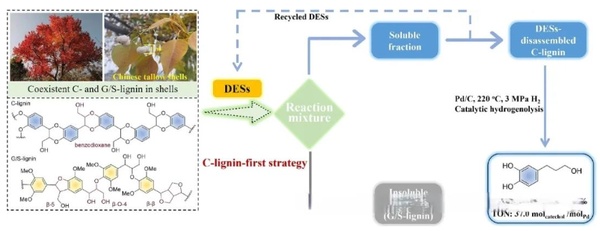
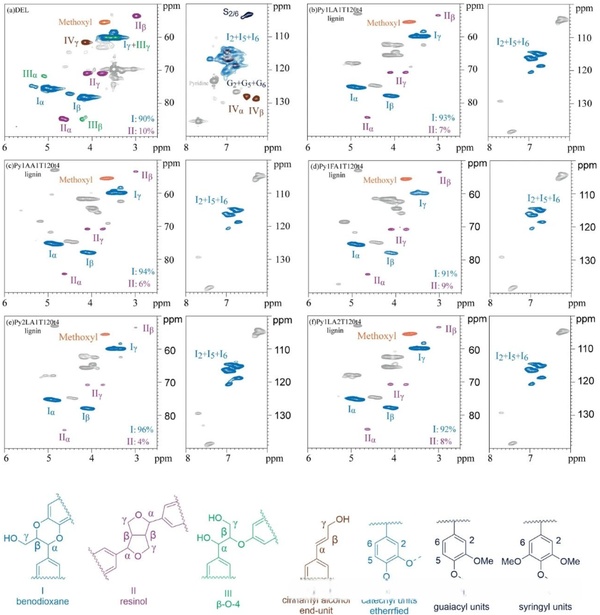

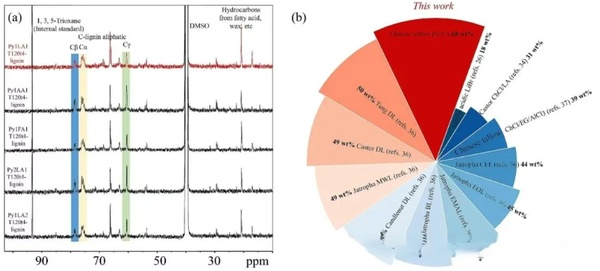

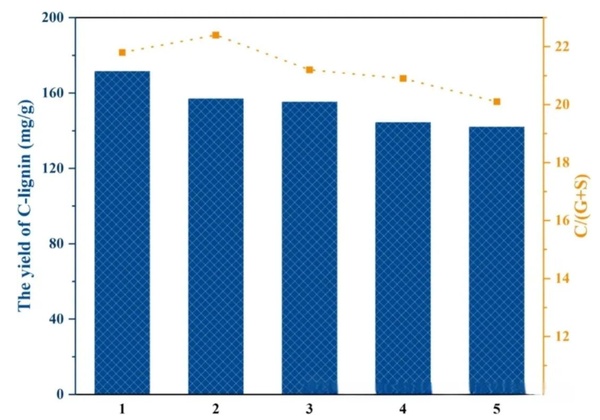
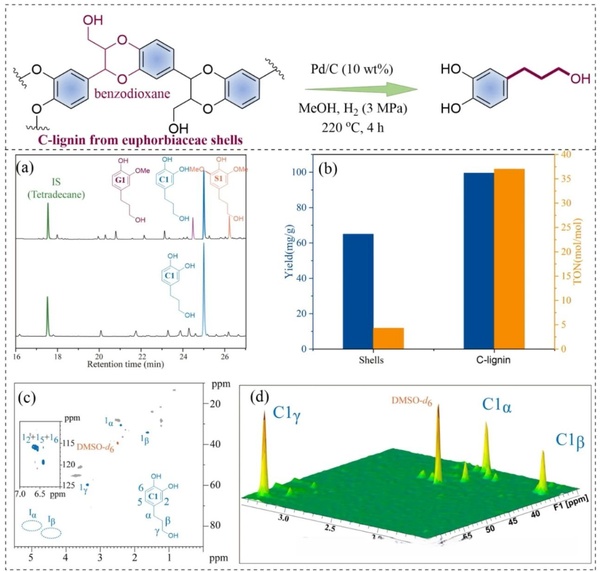
【Copyright and Disclaimer】The above information is collected and organized by PlastMatch. The copyright belongs to the original author. This article is reprinted for the purpose of providing more information, and it does not imply that PlastMatch endorses the views expressed in the article or guarantees its accuracy. If there are any errors in the source attribution or if your legitimate rights have been infringed, please contact us, and we will promptly correct or remove the content. If other media, websites, or individuals use the aforementioned content, they must clearly indicate the original source and origin of the work and assume legal responsibility on their own.
Most Popular
-

List Released! Mexico Announces 50% Tariff On 1,371 China Product Categories
-

Nissan Cuts Production of New Leaf EV in Half Due to Battery Shortage
-

New Breakthrough in Domestic Adiponitrile! Observing the Rise of China's Nylon Industry Chain from Tianchen Qixiang's Production
-

Dow, Wanhua, Huntsman Intensively Raise Prices! Who Controls the Global MDI Prices?
-

Mexico officially imposes tariffs on 1,400 chinese products, with rates up to 50%






